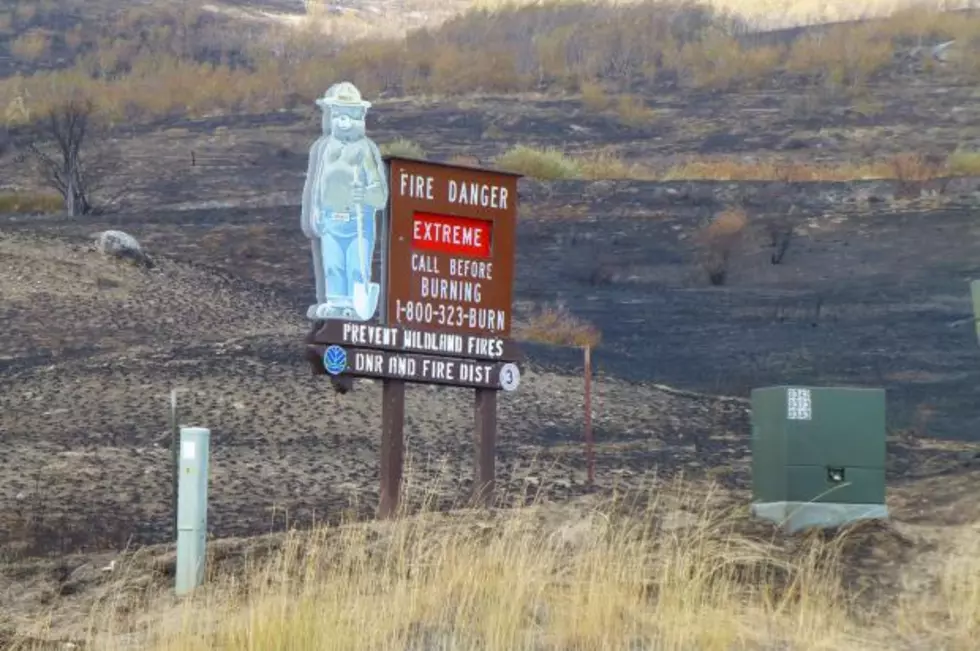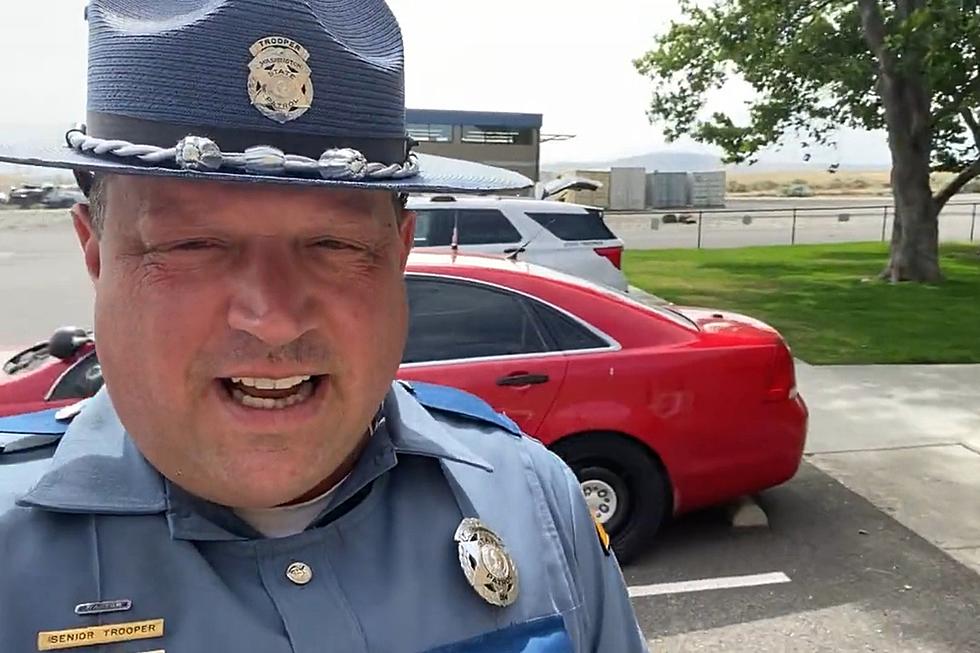
Washington DNR Plan Now For Wildfire Season
It’s already very dry across the Pacific Northwest, which has wildland firefighters nervous about what the season ahead may look like. Because of that, the Washington DNR is encouraging property owners to prepare their land now for the season ahead. Jen Watkins, Acting Division Manager for the Forest Resilience Division says its important t remember that one size does not fit all when it comes to preventing wildfires in Washington.
“If you’re in western Washington, the way we think about wildfires is going to be different than the way we think about that with our agricultural partners in eastern Washington. And so knowing that it’s not only dynamic but its got to be different to fit the issues that we’re facing locally, not only how we manage the land but also how we respond to wildfires and how we think about it.”
Communications Manager Will Rubin cited a property owner in north central Washington, that worked with DNR and the local Conservation District prior to the Cedar Creek Fire to create a defensible space, thin out trees, which allowing the landscape to more naturally interact with the wildfire.
“Not only did their house survive and most of their natural resources come out of that fire in mostly good shape, fire crews used their property as a way to help control the fire.”
Watkins added property owners may feel these steps don’t matter, but she says they do have a long-term, noticeable impact on efforts to fight wildfire in Washington.
“Treatments themselves tend to lower the fire severity. Fires do tend to change their behaviors when they interact with a treatment. #2, individual treatments add up. We’ve seen neighbors to treat a ¼ of an acre around their place to 15 acres to National Forests that are treating up in the thousands of acres. No treatment stands in isolation. And when you implement them you can inspire others near you to be acting on this and doing their treatment, and we’re paying attention and tracking here at DNR where these treatments add up. The third and important things is you’re giving firefighters options. When they know there’s a treatment somewhere, they’re able to manage that fire differently. They can prioritize and act off of the decision space you’ve given them. And that’ pretty powerful on any acre you can impact.”
If you have a story idea for the PNW Ag Network, call (509) 547-1618, or e-mail gvaagen@cherrycreekmedia.com
More From PNW Ag Network









